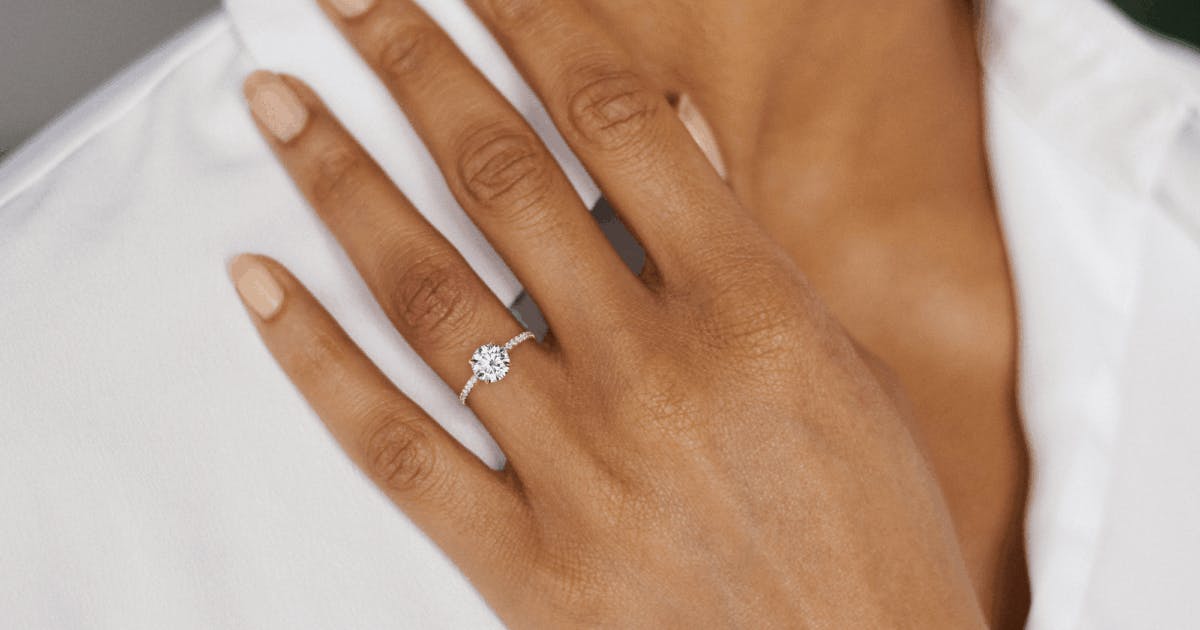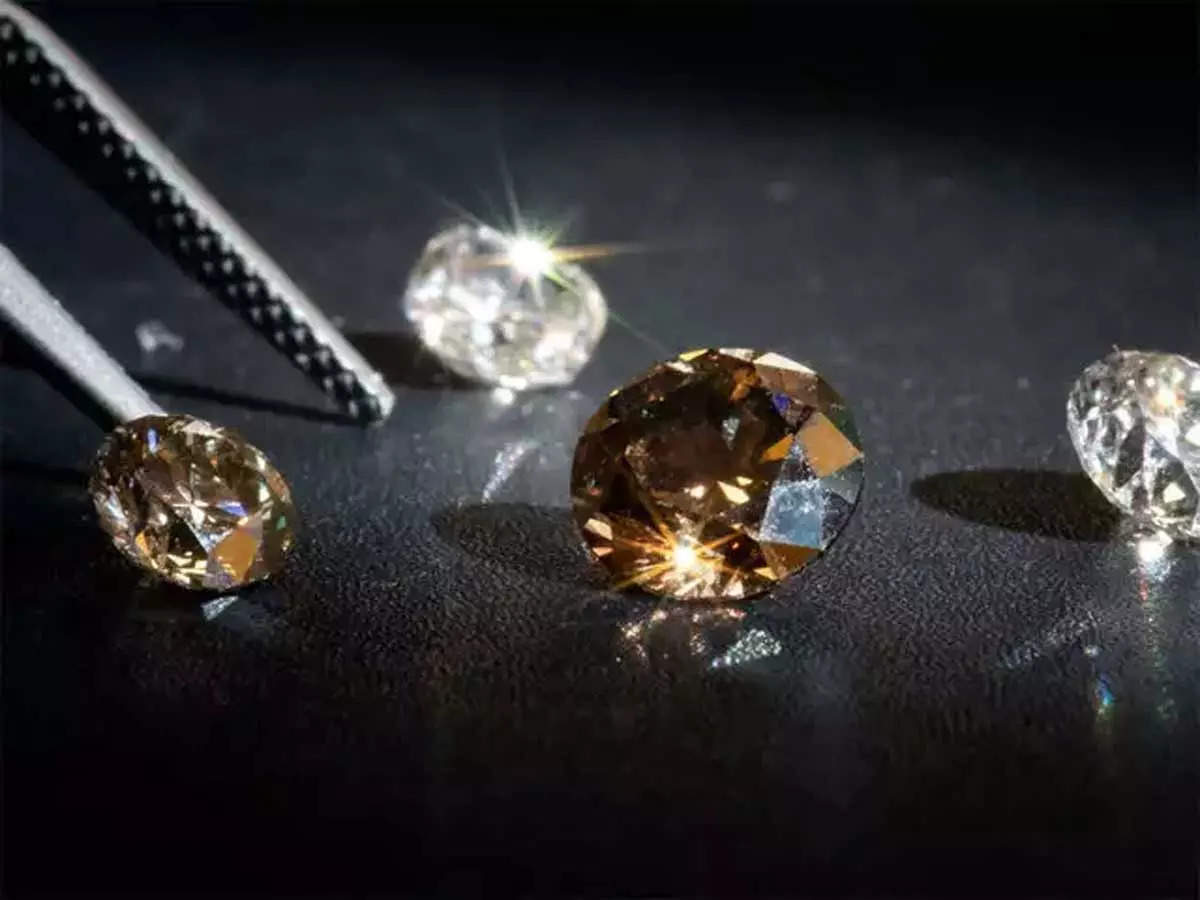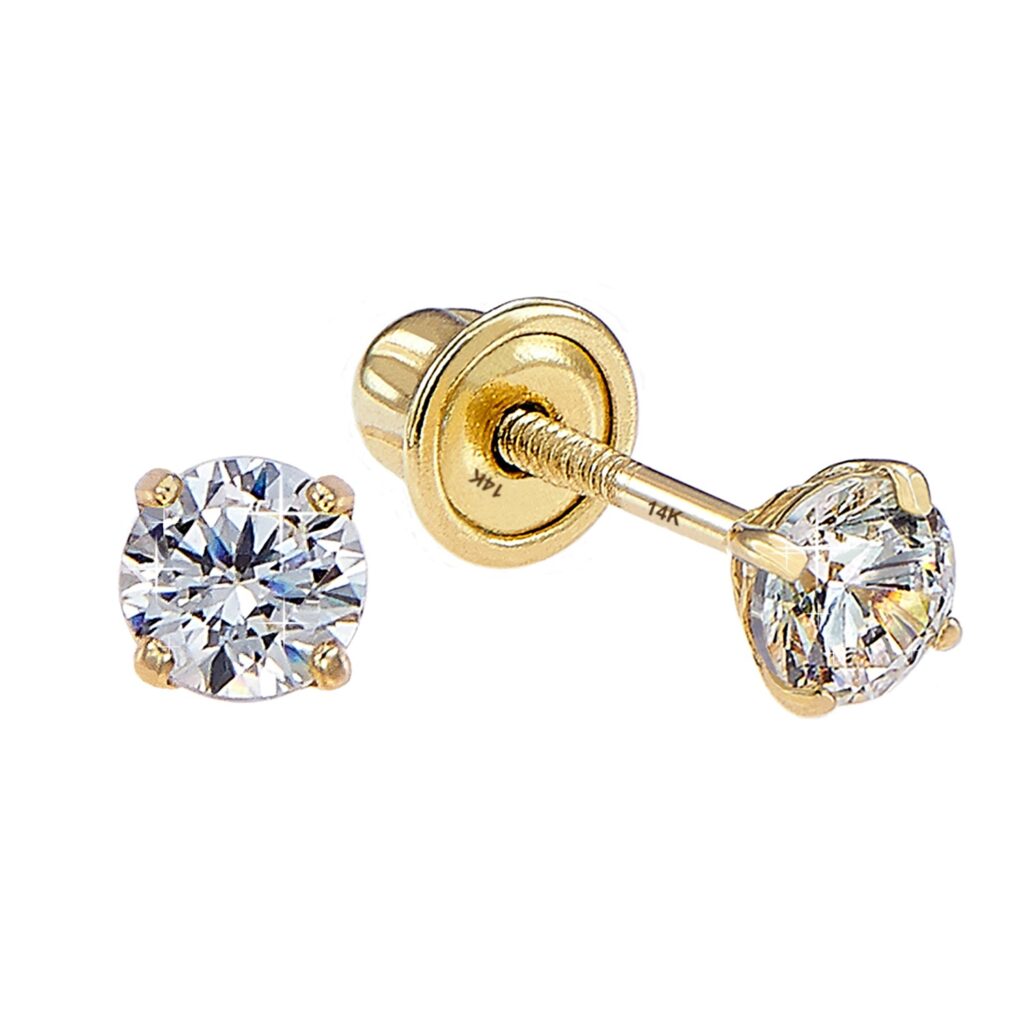Understanding Diamond Origins and Ethical Sourcing
The diamond industry has long been associated with glamour and luxury, but it also faces significant challenges in ensuring ethical sourcing and preventing conflict diamonds from entering the market. As a buyer, it’s essential to be aware of these issues and make informed choices when purchasing a diamond, such as a 1.2 carat diamond ring.
Conflict Diamonds and Ethical Concerns
Conflict diamonds, also known as blood diamonds, are mined in war zones and sold to finance armed conflict against governments. These diamonds are often associated with human rights abuses, forced labor, and child labor. The Central African Republic (CAR) is currently the only country where conflict diamonds are being produced, and efforts are being made to prevent these diamonds from entering the global market(source).
To combat the trade in conflict diamonds, the Kimberley Process Certification Scheme was established in 2003. This requires participating countries to certify that their rough diamond exports are conflict-free. However, critics argue that the Kimberley Process needs to expand its definition of conflict diamonds to include a broader range of human rights violations(source).
Lab-Grown Diamonds: A Sustainable Alternative
Lab-grown diamonds are quickly gaining popularity as they are ethical, sustainable, and more affordable than mined diamonds. These diamonds are created using chemical vapor deposition or high-pressure high-temperature synthesis, and they come in various colors, shapes, and sizes. Surat, located in the western Indian state of Gujarat, is considered the diamond capital of the world and has seen a significant increase in the production of lab-grown diamonds.
High-profile brands and celebrities have embraced synthetic diamonds, fueling a shift in consumer perception of value and challenging the dominance of natural diamonds in the market. This has forced traditional players to adapt to the changing landscape and offer more ethically sourced options.
Choosing an Ethically Sourced Diamond
When buying a 1.2 carat diamond ring, it’s crucial to consider the origin of the diamond and ensure it is ethically sourced. Look for diamonds that have been certified by reputable organizations, such as the Gemological Institute of America (GIA) or the American Gem Society (AGS). These certifications provide assurance that the diamond has been sourced responsibly and meets high ethical standards.
You can also choose to purchase a lab-grown diamond, which offers an ethical and sustainable alternative without compromising on quality or beauty. Many reputable jewelers now offer lab-grown diamonds, making it easier than ever to find the perfect diamond for your ring.
Do Your Research and Ask Questions
Before making a purchase, take the time to research the jeweler and their sourcing practices. Don’t be afraid to ask questions about the origin of the diamonds they sell and their commitment to ethical sourcing. By doing so, you can make an informed decision and feel confident that your 1.2 carat diamond ring is a symbol of love and commitment, free from the ethical concerns that have plagued the diamond industry.
In the end, the choice is yours. By being aware of the challenges in the diamond industry and making informed decisions, you can play a part in supporting ethical and sustainable practices. So, when you slip that beautiful 1.2 carat diamond ring onto your finger, you can feel proud knowing that it represents not only your love but also your commitment to making the world a better place.
Navigating Diamond Certification and Warranties
Navigating the world of diamond certification and warranties can be overwhelming, but it’s essential to ensure you’re making an informed purchase. In this section, we’ll explore the World Diamond Council’s (WDC) System of Warranties (SoW) and the Responsible Jewellery Council’s (RJC) due-diligence standards for responsible sourcing.
Understanding the WDC’s System of Warranties
The WDC’s SoW is a crucial tool in the fight against conflict diamonds. It includes a warranty statement on invoices, ensuring that the diamond complies with the Kimberley Process. This process aims to prevent the trade of conflict diamonds, which are mined in war zones and sold to finance armed conflict against governments.
The SoW also covers business practices related to human and labor rights, anti-corruption, and anti-money laundering. The new WDC SoW requires sellers to include a statement on invoices guaranteeing Kimberley Process compliance and meeting expanded warranty standards. Compliance is currently voluntary, but most retailers are expected to require these new guarantees. To learn more about the WDC’s System of Warranties, visit their website.
Exploring the RJC’s Due-Diligence Standards
The RJC provides detailed due-diligence standards for responsible sourcing. They follow a five-step process to determine human-rights risks in supply chains, using the Organisation for Economic Co-operation and Development’s (OECD) guidelines. By adhering to these standards, jewelers can ensure they source diamonds ethically and responsibly.
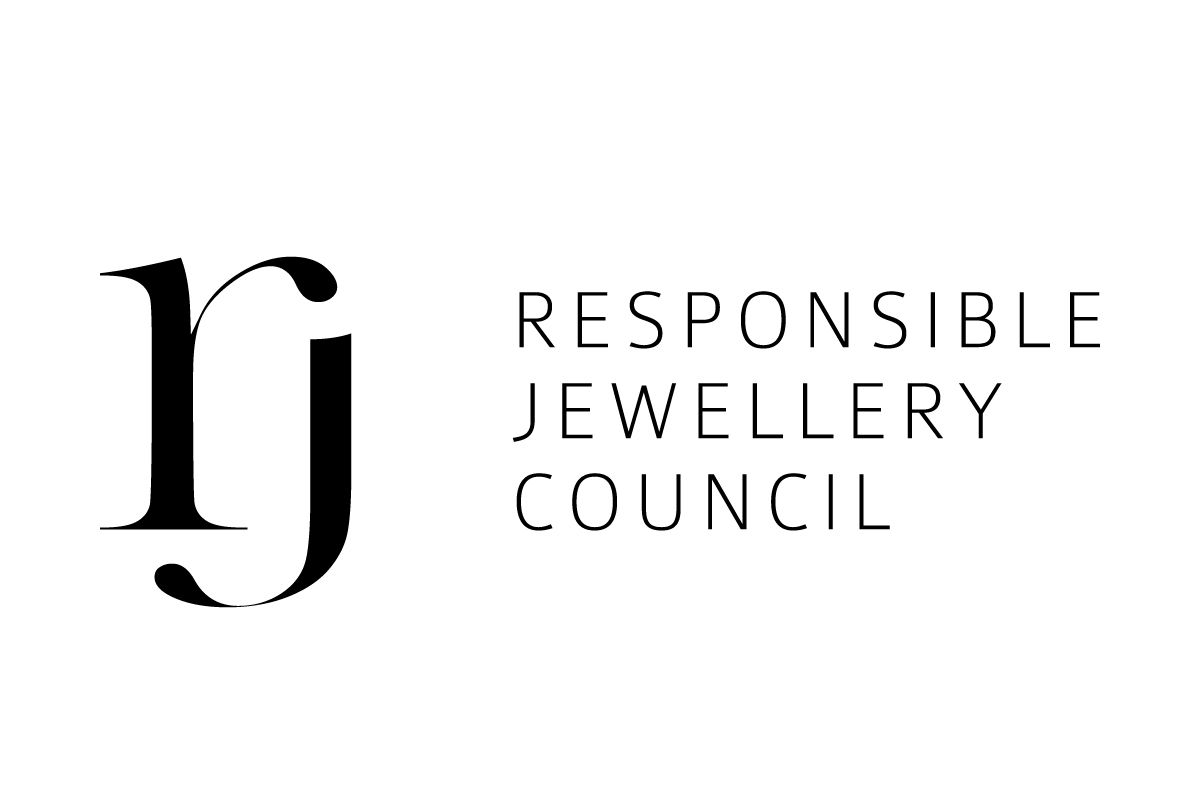
For more information on the RJC’s due-diligence standards, check out their website.
Choosing a Certified Diamond
When selecting a diamond, it’s essential to choose one with a reputable certification. The Gemological Institute of America (GIA) designed the original diamond grading system, which is widely recognized and followed by other labs. Inconsistent grading reports from jewelers like Michael Hill, Peoples, and Ben Moss highlight the need for standardized grading systems and transparency in reporting.
As a consumer, you can demand transparency and ethical practices from jewelry companies. Educate yourself on the Four Cs of diamond grading (carat, cut, clarity, and color) and the importance of selecting reputable jewelers and certified diamonds.
Considering Lab-Grown Diamonds
Lab-grown diamonds offer an ethical and sustainable alternative to naturally mined diamonds. These diamonds are created in controlled environments, avoiding the negative environmental and social impacts associated with mining. Lab-grown green diamonds, in particular, offer a wider range of options and address environmental concerns.
In conclusion, understanding diamond certification and warranties is crucial when purchasing a diamond, such as a 1.2 carat diamond ring. By familiarizing yourself with the WDC’s System of Warranties and the RJC’s due-diligence standards, you can make informed decisions and ensure your diamond is sourced ethically and responsibly.
Selecting a 1.2 Carat Diamond: Beyond Carat Size
When it comes to selecting a 1.2 carat diamond ring, it’s essential to look beyond carat size and consider other factors that contribute to the diamond’s overall beauty and value. In this section, we’ll explore the importance of the 4Cs: carat, cut, clarity, and color, as well as the rise of lab-grown diamonds and their advantages over mined diamonds.
Understanding the 4Cs
Carat weight is just one aspect of a diamond’s value. To truly appreciate a diamond’s beauty, you must also consider its cut, clarity, and color. The cut refers to a diamond’s angles and proportions, which affect how light reflects off of it. A well-cut diamond will sparkle brilliantly, while a poorly cut one may appear dull or lifeless.
Clarity refers to a diamond’s level of internal and external flaws, or inclusions. Diamonds with fewer inclusions are more valuable and visually appealing. Color, on the other hand, refers to a diamond’s natural hue. White diamonds are the most popular, but diamonds can also come in various colors, such as yellow, pink, or blue.
When choosing a 1.2 carat diamond, it’s crucial to strike a balance between these factors to find a diamond that suits your taste and budget. For example, you might prioritize cut and clarity over color, or vice versa, depending on your preferences.
Lab-Grown Diamonds: A Sustainable and Ethical Alternative
In recent years, lab-grown diamonds have gained popularity as a more ethical and sustainable alternative to mined diamonds. These diamonds have the same composition as Earth-mined diamonds and are certified and graded using the same process.
Lab-grown diamonds are created using high-pressure-high-temperature (HPHT) or chemical vapor deposition (CVD) methods, resulting in diamonds that are virtually indistinguishable from their mined counterparts. The main advantages of lab-grown diamonds are their ethical sourcing and affordability. They can be 30-60% less expensive than mined diamonds, making them an attractive option for those looking for a 1.

2 carat diamond ring on a budget.
Moreover, lab-grown diamonds are more environmentally friendly than mined diamonds, as their production process generates less waste and has a smaller carbon footprint. This makes them an excellent choice for those who are conscious of the environmental impact of their purchases.
Expert Advice and Trusted Sources
When selecting a 1.2 carat diamond, it’s essential to consult with experts and trusted sources to ensure you’re making an informed decision. Renowned jeweler Jean Dousset, who recently launched a lab-grown diamond and fine jewelry brand, is a reputable source of information on high jewelry and bespoke diamond jewelry. You can visit his website here for more information and guidance.
Additionally, consider visiting reputable online retailers like Adamas One or Christie’s to explore their selection of 1.2 carat diamonds and compare prices, cuts, and other factors.
In conclusion, selecting a 1.2 carat diamond ring involves careful consideration of the 4Cs, as well as an understanding of the advantages of lab-grown diamonds. By consulting with experts and trusted sources, you can make an informed decision and find the perfect diamond ring that suits your taste, budget, and ethical values.
Navigating US and UK Diamond Import Regulations
Navigating the complex world of diamond import regulations can be challenging, especially with the recent bans on diamonds sourced directly from Russia. As a consumer, it’s essential to stay informed about these regulations and understand how they may impact your diamond purchasing decisions.
Understanding the Russian Diamond Ban
The European Union has implemented a ban on the import and sale of diamonds sourced directly from Russia due to the country’s involvement in the conflict in Ukraine. Major jewelry makers like Pandora have already voluntarily stopped using Moscow’s diamonds. This ban primarily affects small, independent jewelers in Europe who rely on Russian diamonds.
However, loopholes in the ban still exist. Russian-origin stones can be purchased through Indian cutters and polishers, making it difficult to enforce an airtight ban. To truly close these loopholes, technology that can determine the origin of diamonds would need to be implemented in the jewelry and trading industry.
Substantial Transformation and Its Impact
The ban aims to target the practice of “substantial transformation,” where Russian diamonds undergo minor processing in third-party countries before being sold as non-Russian diamonds. This practice makes it challenging to trace the origin of a diamond and ensure it is ethically sourced.
As a consumer, it’s crucial to be aware of these practices and ask questions about the origin of the diamonds you’re considering purchasing.
Reputable jewelers should be transparent about their sourcing practices and provide documentation to support their claims.
Choosing Ethically Sourced Diamonds
When shopping for a diamond, consider looking for certifications and warranties that ensure ethical sourcing. The Kimberley Process Certification Scheme, established in 2003, prevents conflict diamonds from entering the mainstream diamond market. Additionally, the Responsible Jewellery Council (RJC) promotes responsible business practices in the jewelry supply chain.
One way to ensure you’re purchasing an ethically sourced diamond is to look for the Green Star designation on RapNet, which signifies that a diamond is ethically and responsibly sourced. By choosing a diamond with this designation, you can be confident that you’re not supporting conflict or unethical practices in the diamond industry.
Staying Informed and Adapting to Changes
As the diamond industry evolves and regulations change, it’s essential to stay informed and adapt your purchasing decisions accordingly. The recent Russian diamond ban highlights the importance of understanding the origin of the diamonds you’re considering and ensuring they are ethically sourced.
By staying informed about import regulations and choosing ethically sourced diamonds, you can make a responsible and informed decision when purchasing a 1.2 carat diamond ring. Remember, it’s not just about the size and sparkle of the diamond – it’s also about the story behind it and the impact it has on the world.
Preparing for Future Diamond Industry Changes
The diamond industry is constantly evolving, and as a buyer, it’s essential to stay informed about potential changes and challenges. One significant issue facing the industry is the need for origin declarations and the role of standards-setting organizations. This section will discuss these challenges and provide advice on how to navigate them when purchasing a 1.2 carat diamond ring.
Embracing Technology for Transparency
Outdated communication methods, like email and spreadsheets, are becoming inefficient. To address these challenges, the industry is turning to advanced technologies like AI, machine learning, and advanced language modeling. These cutting-edge solutions promote integration and transparency across the supply chain, providing stakeholders with a single, reliable source of truth. As a buyer, it’s crucial to choose a jeweler that embraces these technologies to ensure the diamond’s ethical sourcing.
Adapting to Changing Regulations
The COVID-19 pandemic has highlighted the importance of adaptability and flexibility. Hybrid working conditions are being embraced in the industry, and collaboration with stakeholders and experts is essential to identify and address emerging challenges and opportunities. For example, De Beers is leveraging blockchain technology to improve traceability and tell the story of each diamond’s provenance. When purchasing a diamond, consider choosing a jeweler that prioritizes adaptability and collaboration to stay ahead of industry changes.
Navigating Origin Declarations
The G7 meeting was expected to announce required declarations on the origin of diamonds imported to those countries, but no clear guideline emerged. The US and the UK have already implemented bans on diamonds sourced directly from Russia, but they don’t account for substantial transformation.
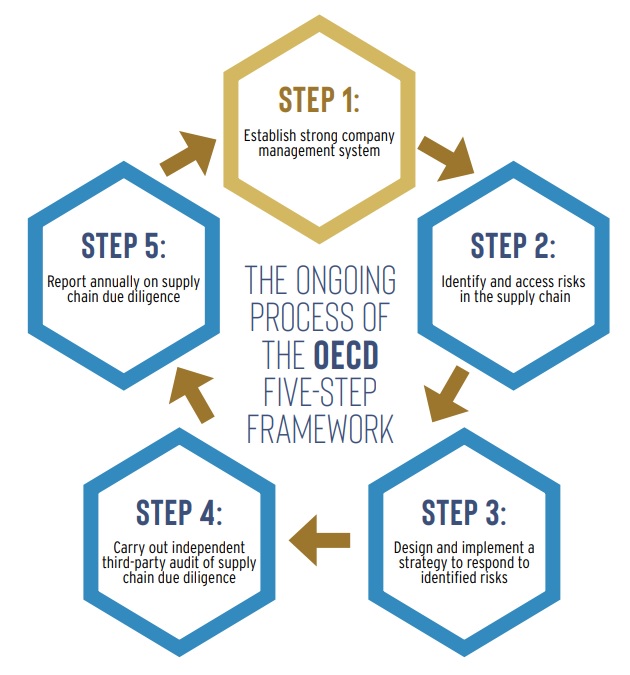
Implementing detailed declarations is proving more complicated than thought and will apply to the entire industry, requiring a disclosure of origin for all diamonds at customs. As a buyer, it’s essential to be aware of these regulations and ensure your chosen diamond complies with them.
Understanding the Role of Standards-Setting Organizations
The Kimberley Process (KP) isn’t appropriate for addressing origin declarations due to its narrow definition of conflict diamonds. Instead, the World Diamond Council’s System of Warranties (SoW) can be used for source verification, and the Responsible Jewellery Council (RJC) provides direction on the Russia issue and its due-diligence standards for responsible sourcing of minerals. When selecting a diamond, ensure that it adheres to these organizations’ guidelines to guarantee ethical sourcing.
Preparing for Future Changes
The US government plans to tighten current Russian diamond sanctions, and the G7 markets may not accept diamonds that come from Russia. The plan includes importers making declarations about a diamond’s non-Russian origin. Sanction developments will be the topic of discussion at the JVC’s upcoming annual luncheon. As a buyer, it’s crucial to stay informed about these developments and choose a jeweler that is proactive in adhering to changing regulations.
In light of these challenges and changes, it’s essential to be well-informed when purchasing a 1.2 carat diamond ring. Choose a jeweler that embraces technology, adapts to changing regulations, and adheres to the guidelines set by standards-setting organizations like the RJC and WDC. By doing so, you can ensure that your diamond is ethically sourced and compliant with current and future industry standards.

